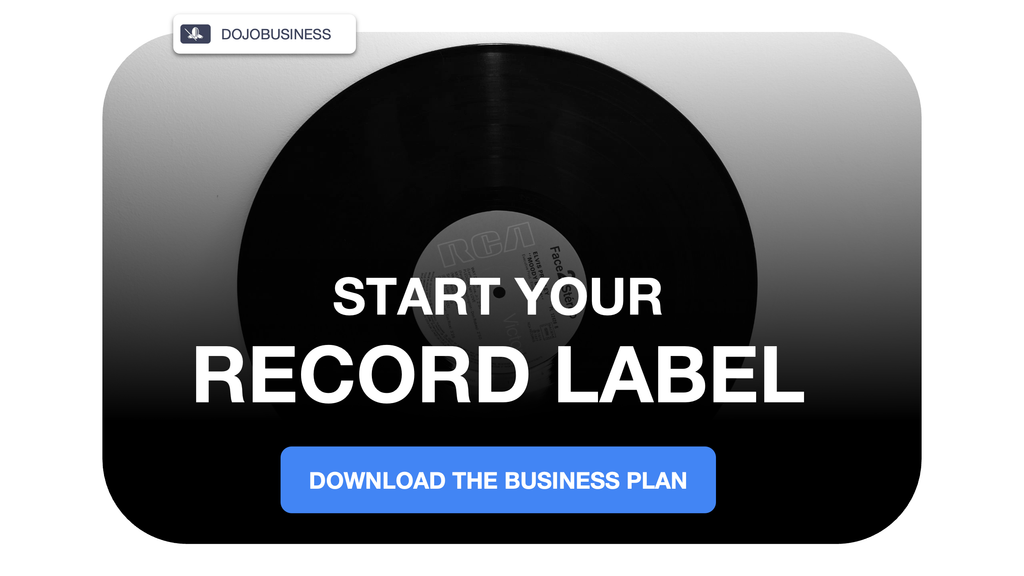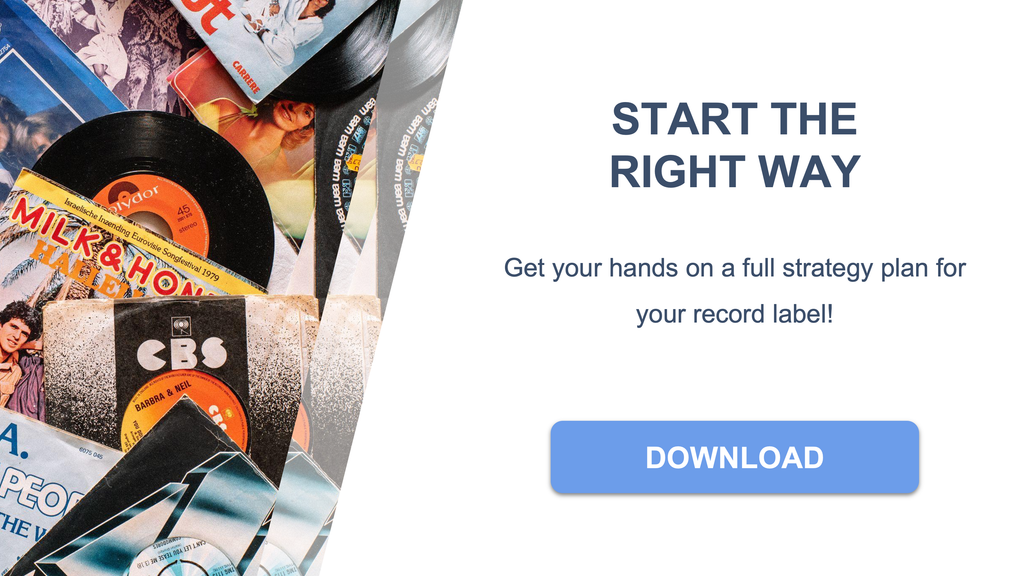This article provides a comprehensive overview of the business model for record labels, breaking down their revenue sources, contract structures, and strategies. It is designed for entrepreneurs who want to start a record label business and understand its financial workings.
Record labels have a complex business model that involves various revenue streams and investments. Understanding these can help you plan your business effectively. Below is a breakdown of the key points.
| Revenue Stream | Contribution to Revenue | Details |
|---|---|---|
| Streaming | ~84% | Streaming platforms like Spotify and Apple Music account for most of the record label’s income. Paid subscriptions contribute significantly to this revenue. |
| Physical Sales | Minor but relevant | Physical sales, especially vinyl, have seen a resurgence and still provide income, albeit smaller compared to streaming. |
| Publishing | Steady income | Publishing rights such as mechanical and performance royalties provide regular income, particularly from song usage in media. |
| Sync Licensing | Important revenue source | Licensing music for use in films, TV shows, and advertisements brings significant income and boosts exposure for the label's artists. |
| Merchandise | Additional revenue | Merchandise and touring income provide important supplementary revenue, often connected with fan engagement. |
What are the primary revenue streams that record labels rely on today, and how much does each typically contribute to overall income?
Streaming dominates the revenue model for record labels, making up around 84% of their total income. Other important sources include publishing rights, physical sales, and sync licensing, each contributing smaller but still significant shares. Merchandise and touring also add to the income, especially through partnerships.
How do record labels structure contracts with artists, including advances, royalty rates, and recoupment terms?
Record labels typically offer advances to artists, which are upfront payments covering their recording, living, and promotional costs. In return, the artist agrees to share a percentage of their earnings, usually between 10-20%. Recoupment clauses mean the label recovers its costs before the artist receives any royalties.
What percentage of an artist’s earnings from streaming platforms usually goes to the label versus the artist?
Artists signed to record labels generally receive around 25-30% of streaming revenue, while the label retains the majority share of 70-75%. Independent artists may earn up to 85-100% of their streaming revenue through direct distribution.
How do record labels monetize publishing rights and what portion of revenue typically comes from them?
Record labels generate income by collecting mechanical and performance royalties for songs they own or distribute. They usually share this income with songwriters and composers. Publishing income is an ongoing source, though it forms a smaller share of total revenue compared to streaming.
What role do licensing deals for film, television, advertising, and gaming play in a label’s income?
Licensing music for use in film, TV, and ads plays a major role in generating income for record labels. These sync deals bring in substantial revenue and can also increase streaming traffic for the artist's songs, benefiting the label in the long term.
How important are physical sales and merchandise partnerships in the current business model?
While streaming has taken over as the dominant revenue source, physical sales (especially vinyl) and merchandise partnerships still provide meaningful income. Physical albums and fan merchandise not only generate revenue but also strengthen artist-fan relationships.
What investments do labels make in marketing, promotion, and touring, and how are these costs recovered?
Labels invest heavily in marketing, promotional campaigns, and supporting tours, with these costs sometimes running into tens of thousands of dollars per artist. These expenditures are generally recouped from the artist’s royalties, meaning the label recovers its investment before the artist gets paid.
How do record labels leverage ownership of masters to generate long-term revenue?
Owning the masters of recorded music allows labels to control how songs are used, licensed, and streamed, ensuring long-term revenue generation. This ownership also creates a valuable catalog that can be licensed for various media, contributing to passive income.
What strategies do labels use to discover, sign, and develop new talent, and how much do they typically invest upfront?
Labels spend considerable resources on discovering new talent, offering advances, covering recording costs, and providing promotional support. Investment amounts vary widely, often reaching tens of thousands of dollars depending on the artist's potential and the scope of the label’s marketing efforts.
How do major labels differ from independent labels in terms of cost structures, revenue models, and scalability?
Major labels have larger cost structures and resources, allowing them to scale operations globally and invest heavily in marketing. Independent labels, on the other hand, tend to focus on leaner operations, with diversified revenue streams, and often target niche markets.
What impact has the rise of independent distribution platforms and DIY artists had on the sustainability of the traditional label model?
The rise of independent distribution platforms has allowed DIY artists to bypass traditional labels, keeping a larger share of revenue. This shift challenges the traditional label model, but labels are adapting by offering new services like marketing support and playlist placements to remain competitive.
How are record labels adapting their business models to future trends in streaming, AI-generated music, and new forms of content monetization?
Labels are increasingly focusing on optimizing their strategies for streaming, including data-driven marketing and fan engagement. They are also exploring new revenue opportunities in AI-generated music and immersive experiences, which could redefine content monetization in the coming years.
Conclusion
This article is for informational purposes only and should not be considered financial advice. Readers are encouraged to consult with a qualified professional before making any investment decisions. We accept no liability for any actions taken based on the information provided.
Explore more insights into starting a record label:
- Complete Guide to Starting a Record Label
- How Much Does it Cost to Start a Record Label?
- The Real Cost of Starting a Music Label
- Can You Start a Record Label with No Money?
- Understanding Customer Segments in the Record Label Business
- Financial Planning for Your Record Label
- Maximizing Streaming Revenue for Your Record Label
- Investing in Artists: A Record Label’s Guide
- Key Industry Statistics for Record Labels
- Music Industry Market Analysis for Labels
- Is Running a Record Label Profitable?
- Is Starting an Indie Record Label Worth It?


